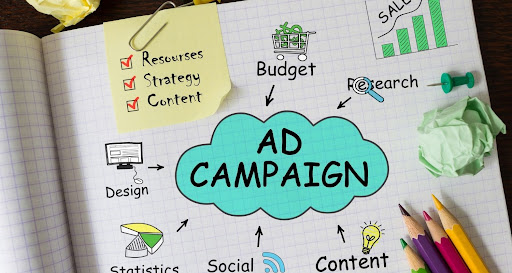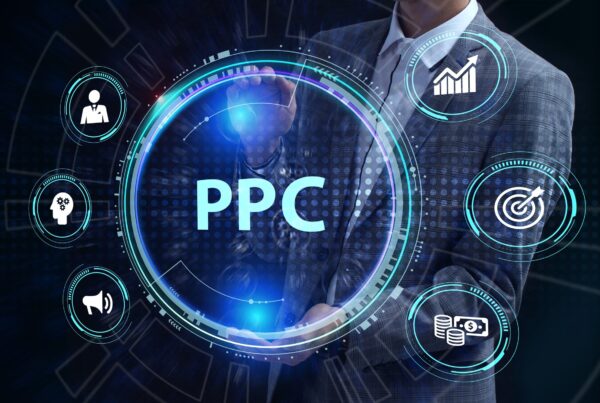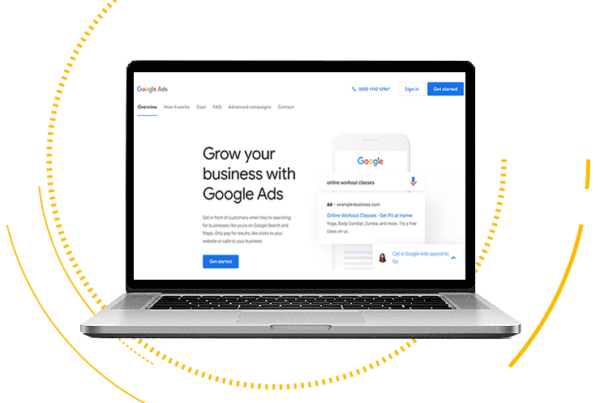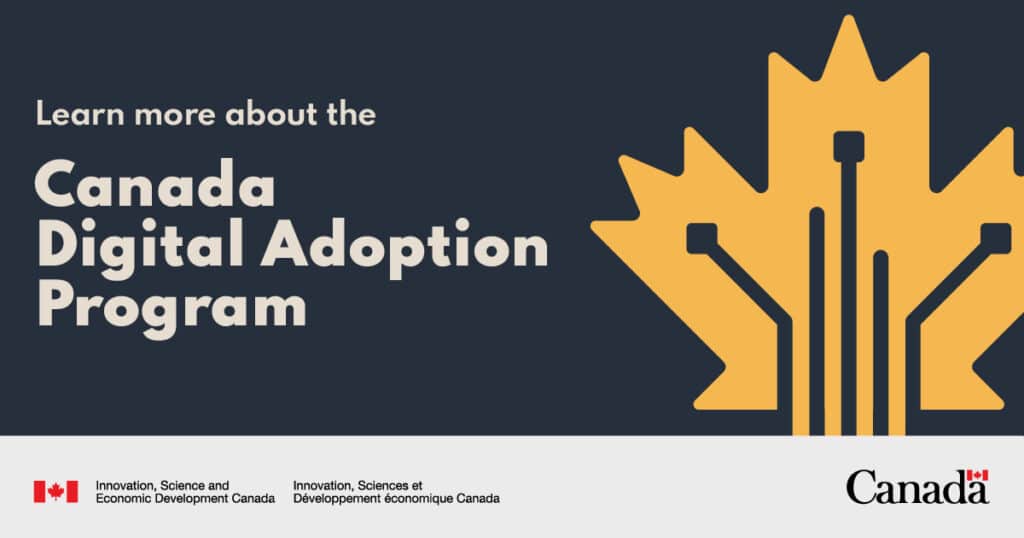If you’re a marketer who wants to start taking advantage of the large number of people who search for things on Google every day (while also getting the attention you need to boost your ROI), then now is the time to start using Google Ads. Marketing tools and methods can be hard to choose from. With the help of an expert Google Ads specialist and a detailed checklist, you can’t go wrong when you use Google Ads for your business or marketing.
Google Ads is Google’s online marketing platform – it helps you create online ads that reach people interested in the products and services you sell. If someone clicks your ad, you simply have to pay. This platform is called Pay-Per-Click (PPC).
You don’t have to work for a Google Ads company or a PPC company to learn how to use Google Ads. Here’s a simple guide to everything you need to know:
Key Terms and Phrases
To figure out if Google Ads are right for your business, you need to know some important words and phrases. You can learn more about these terms and phrases herein. These are:
- Keywords – People type words or phrases into Google, which makes your ad show up on their computers and phones. To start a Google Ads campaign, you or your PPC management team must create a list of keywords that you think people will search for when they want to find your products or services.
- Bid/Bidding – A bid isn’t so much a number as the maximum amount you want to spend when someone clicks on your ad. Bidding as close as possible to what you’re willing to spend is important for this figure.
- CPC (Cost-Per-Click) – This is different from putting in a bid. CPC is the amount you pay when someone clicks on your ad. Your bid is just a range in which your CPC falls.
Organize Your Account
Setting up your account can determine how well you perform in the long run. Start by breaking down your products or services into well-defined categories with strict rules. Then, figure out how to structure your account based on this.
With Google, there are two types of campaigns: high-level campaigns and low-level campaigns.
- High-Level Campaigns – High-level campaigns should be part of the bigger elements of your business. If you have many back catalogue items, these ads should be the most important ones.
- Low-Level Campaigns – On the other hand, a low-level campaign only shows a small number of products or services; these ads should show off the more unique products you have.
When your ads are more focused and specific, you can reach more people than when they are generic. Separating your products into high and low categories helps you reach more people.
Select and Match Your Keywords
Companies live and die by the keywords they select to try and rank in Google ads. You want your keywords to be as relevant to your products as possible, especially if you want them to make people choose to click on them and go to one of your landing pages.
A keyword planner can help you develop a sample list of keywords for your campaigns. However, it’s very important to do your research and target keywords with low competition, but have many people looking for them.
You can also use the “Broad Match” feature in Google Ads to fine-tune your keywords and how they show up on Google. This feature serves up your ads for a wide range of searches, such as someone who has searched for your keywords in a unique order, or for a related term that doesn’t include your key phrase. This can help your ads go to the next level, if you choose and match your keywords the right way. A negative match to an exact match, for example, could also help.
Build and Optimize Your Landing Pages
It’s important to think about your Google Ads when building landing pages. Your landing page is where people who click on your ad end up. It’s important to make this match your ad and keywords so people can find what they’re looking for more quickly.
You can be sure of one thing when you’re building your landing page: usability should be at the top of the list.
Choose Devices
When you decide which devices your ads should show up on, you need to know who your ideal customer is. If you work for a Google Shopping agency, you might be more interested in reaching people who use their phones to shop – or you might be more concerned with people who use their computers 90% of the time.
So before deciding which devices to put your ads on, make sure you know your ideal customers. Then, and only then, should you move on to the next step of the process: writing your ads.
Write Your Ads
Think of your ad as your shopfront: it’s your first impression, so make sure it accurately reflects your business and tells the public that you have what they’ve been looking for all this time.
Including your keywords in your title and ad copy is important, but don’t forget to show off your creativity. In addition, add a CTA (call to action) to your ad. This is a short, clear, and powerful message that tells the reader what you want them to do in a few words.
A great way to get people to interact with your ad is to tell them things like “click here,” “sign up,” or “click to subscribe.”
Hit GO and Analyze Your Results
Congratulations! You should be ready to start your campaign if you’ve done all these steps. Now, it’s important to keep an eye on your campaigns and figure out which ads are getting the most clicks and sales.
You should start to see a clear pattern emerge in the long run. Then, you can leverage this new information in all of your future campaigns.
Why Choose Mediaforce
Mediaforce produces long-term results. We help you change your business by using analytics, AI, and other technologies and services to drive bold ideas and practical solutions when we work together. These include digital marketing services like SEO, paid media, social media, and website design.
To find out more about Google Ads, visit Mediaforce online or call us at (613) 729-0500 today.












